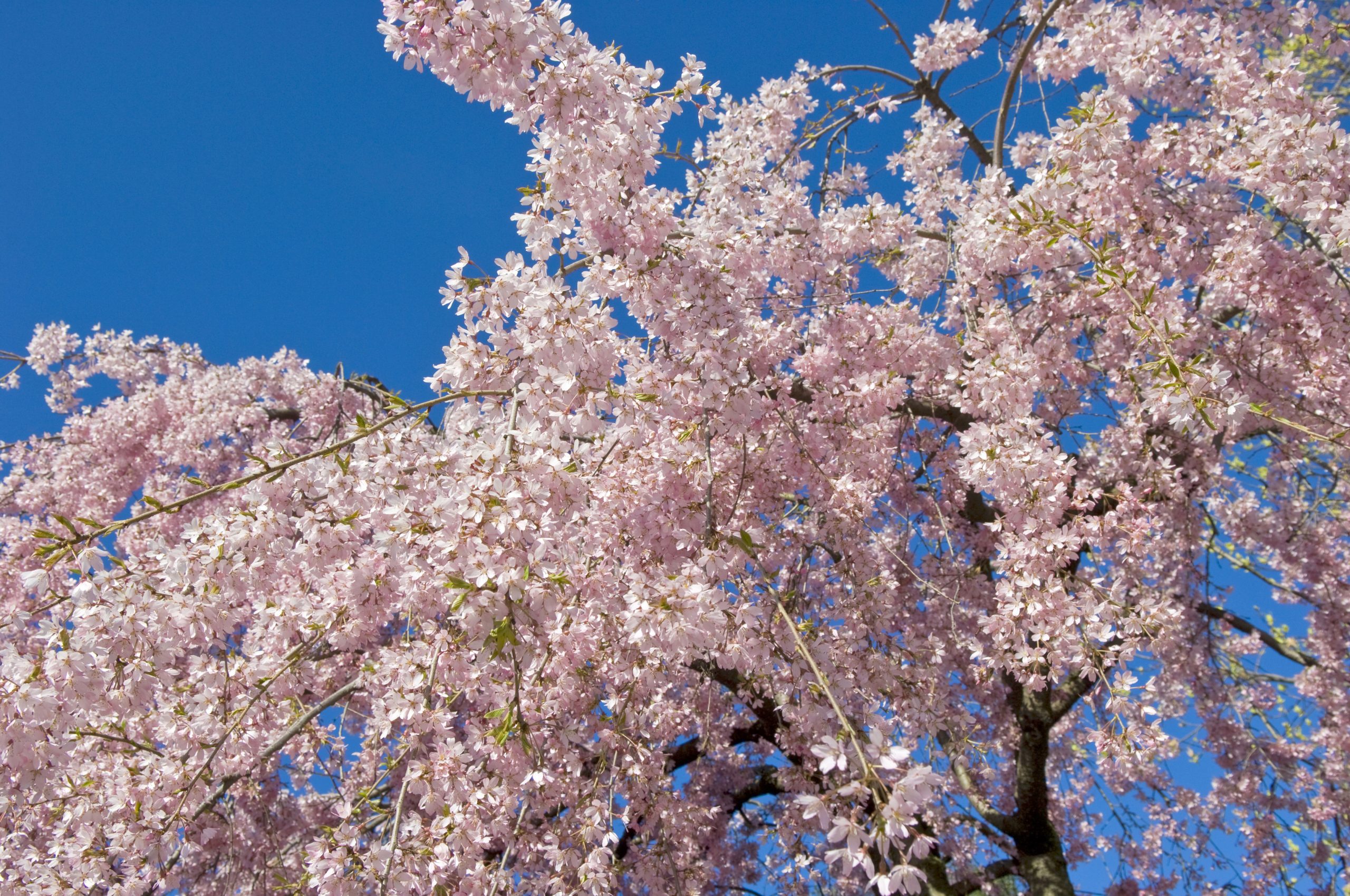'Giving a gardener a tree for Christmas is akin to offering a kitten or a puppy'
Wondering what to give a green-fingered friend or family member for Christmas? John Hoyland, gardens adviser at Glyndebourne, has some advice.

As most of the garden settles into a state of restful melancholy, there are a few plants that are stirring themselves towards an unseasonal flamboyance. In a shady area, the fat buds of a camellia are starting to reveal glimpses of bright-red petals. This teasing will continue as reliably as any Advent calendar until Christmas, when the whole shrub will be aglow with scarlet flowers. It never disappoints, even blooming on those rare occasions when we do have snow at Christmas.
The camellia was a gift and not something I would have chosen for myself. As do all unsolicited plants, it immediately made me anxious: I didn’t know where to plant it and was convinced that it would not like my thin, chalky soil.
Happily, I was wrong. The shrub is now 8ft tall and in rude health. It arrived with no label, but a gardener who knows more about camellias than I ever will has confidently pronounced that it is a cultivar of Camellia x vernalis.
All camellias were once considered tender plants and, even long after nurseries realised that most were hardy in Britain, Camellia x vernalis often came with advice to protect it during cold weather. Mine has stood up to the very worst winters with no molly-coddling. Although I do not grow it myself, C. sasanqua is also starting to flower. There are many cultivars, all of which have paler, flimsier flowers than my plant. I have seen healthy specimens flowering in midwinter in a windswept, exposed Sussex garden.
"Great gardens are not made by trying to fit unasked-for plants into a carefully thought-out planting scheme."
Not all plant gifts I have received have had the same success as my camellia. After admiring a group of cimicifuga in a garden I was visiting and complimenting the owner on how magnificent they were, I received a beautifully wrapped and carefully packed parcel from a swanky nursery that contained seven cimicifugas.
It was an unexpected and generous gift that immediately made my heart sink: as with the camellia, I knew that on my dry soil I would struggle to grow them and, this time, I was right.
The plants I had admired were magnificent 6ft-tall spires of pale-pink flowers over a froth of lacy foliage; in my garden, they were a sorry sight with a few stunted flowers and desiccated leaves. My friend had not learned that the plants we applaud most in other gardens are usually the very ones that we know we cannot grow ourselves.
Sign up for the Country Life Newsletter
Exquisite houses, the beauty of Nature, and how to get the most from your life, straight to your inbox.
The glory of British gardens has been built, to a great extent, on the generosity of gardeners and nurserymen offering plants to each other and exchanging rarities. But this is gift-giving between consenting gardeners, who know exactly what they are getting. Great gardens are not made by trying to fit unasked-for plants into a carefully thought-out planting scheme.
Give me — and, I suspect, most gardeners — secateurs, warm socks or kneeling pads, but not a plant for which I haven’t asked. And never give a gardener a tree, not even to celebrate a special birthday or anniversary. I know a small London garden where a sad winter-flowering cherry, Prunus x subhirtella, struggles to get anywhere close to the majestic specimen it ought to be. The owners say they live with it because it was a present from a close friend. Giving a gardener the surprise present of a tree is akin to offering a kitten or a puppy. A tree is also not just for Christmas.
"The plants are a glorious sight and never fail to lift my spirits... I will be digging up tubers and distributing them to friends"
This said, I do appreciate the urge to share plants. I mostly manage to resist it, but, this winter, I am ignoring my own advice and preparing a few plants as presents. The autumn-flowering cyclamen, Cyclamen hederifolium, have been particularly impressive this year and cloak all parts of the garden, sunny and shady, and even inhospitable places, such as around the walnut trees and on the banks of the stream.
From a handful of tubers planted 30 years ago, there are now hundreds of seedlings, spread around the garden by industrious ants, attracted to the sweet sticky coating of the seeds.
The plants are a glorious sight and never fail to lift my spirits, so, of course, I want loved ones to have the same experience in their own gardens. I will be digging up tubers and distributing them to friends. But only to those who I know will want them, have space in their garden for them and who will unwrap the present with pleasure. And, knowing that it is a welcome gift, it is a pleasure I will share.
John Hoyland is gardens adviser at Glyndebourne, East Sussex
Christmas gifts for nature and garden lovers
-
 'Monolithic, multi-layered and quite, quite magnificent. This was love at first bite': Tom Parker Bowles on his lifelong love affair with lasagne
'Monolithic, multi-layered and quite, quite magnificent. This was love at first bite': Tom Parker Bowles on his lifelong love affair with lasagneAn upwardly mobile spaghetti Bolognese, lasagne al forno, with oozing béchamel and layered meaty magnificence, is a bona fide comfort classic, declares Tom Parker Bowles.
By Tom Parker Bowles
-
 Country houses, cream teas and Baywatch: Country Life Quiz of the Day, April 24, 2025
Country houses, cream teas and Baywatch: Country Life Quiz of the Day, April 24, 2025Thursday's Quiz of the Day asks exactly how popular Baywatch became.
By Toby Keel